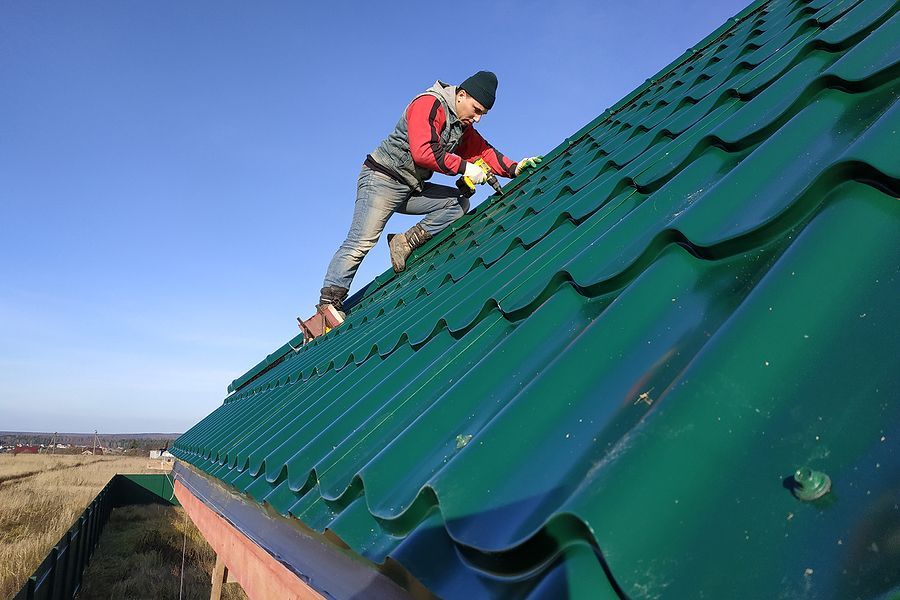Let us help with your next project!
Contact Us
A Step-by-Step Guide to the Roof Replacement Process
Replacing a roof is a big investment for any house. Not only does it add to the look of your house, but it also protects your family and belongings from the weather. So where do you start? When should you fix your roof, and what should you expect during the process? In this piece, we'll show you step-by-step how to replace a roof, from spotting the signs of a failing roof to the final clean-up.
Signs It's Time for a New Roof
The first step in roof replacement is figuring out if your roof needs to be replaced. Some signs that it might be time to get a new roof are missing or broken shingles, cracks or tears in the roofing material, water stains on the ceilings or walls inside, and a lot of wear and tear. It's also important to think about how old your roof is, as most roofs last between 15 and 25 years, based on the material.
Choosing the Right Roofing Contractor
Getting the right roofing contractor is crucial to the success of your roof replacement job. Look for a contractor who is licensed, insured, and has done roof repair before. Ask for references and read online reviews to make sure that the contractor has a good image. It's also important to get multiple quotes and compare costs and services.
Get permits and materials
Before starting to repair your roof, you'll need to get the necessary permits from your local building department. Your roofing professional should be able to help you with this process. You'll also have to choose the roofing material you want to use, such as asphalt shingles, metal roofing, or clay tiles. Your contractor can make suggestions based on your money, climate, and style preferences.
Preparing for Roof Replacement
Before the roofing crew comes, you'll need to get your property ready for the roof repair process. This might mean moving outdoor furniture and plants, covering valuables and fragile items, and making sure there is a clear path to your roof. Your roofing contractor will give you specific directions on how to get your property ready.
Roof Tear-Off and Inspection
The first step in replacing a roof is removing the old one. The roof crew will carefully take off the old shingles, check the structure underneath for damage, and repair any damaged decking or underlayment. This is an important step to make sure that the new roof is put on right and will last for many years.
Install the new roof materials
Once the old roof has been taken off and any needed fixes have been made, the roofing crew will start putting up the new roofing materials. This might include putting in new underlayment, flashing, and venting, as well as laying down the new shingles or tiles. The crew will work carefully to make sure the new roof is properly fixed and sealed.
Cleaning and Final Inspection
After your new roof has been put on, the worker will do a final clean-up. They will remove any trash, sweep the area, and use a magnetic device to find any loose nails or metal pieces that were left behind.




